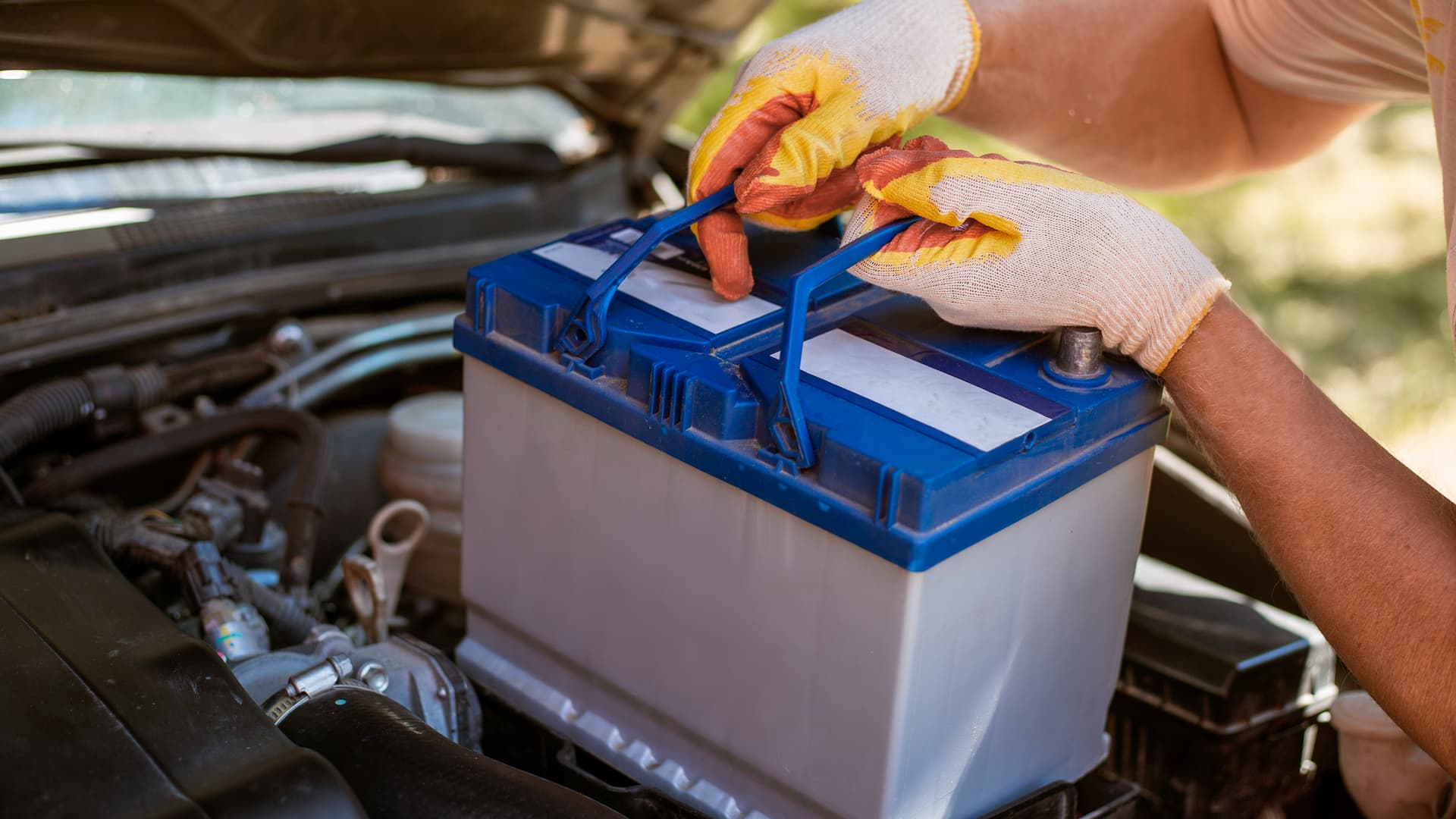

Articles
How To Store Car Battery
Modified: August 31, 2024
Learn how to properly store your car battery to prolong its lifespan. Read our informative articles for valuable tips and advice on car battery maintenance.
(Many of the links in this article redirect to a specific reviewed product. Your purchase of these products through affiliate links helps to generate commission for Storables.com, at no extra cost. Learn more)
Introduction
Properly storing your car battery is essential for maintaining its longevity and ensuring it remains in optimal condition. Whether you have a spare battery or need to store your vehicle for an extended period, taking the necessary steps to store your car battery correctly can prevent damage and save you from the hassle of having to buy a new one.
In this article, we will explore the importance of proper battery storage, as well as the steps you should take to prepare your battery for storage. We will also discuss the factors to consider when choosing a storage location and the best practices for maintaining and checking your battery’s charge level during storage.
By following these guidelines, you can prolong the lifespan of your car battery and ensure that it functions properly when you need it again.
Key Takeaways:
- Properly storing your car battery is crucial for maintaining its longevity and performance. Follow the steps outlined in this article to prepare, store, and maintain your battery, ensuring it’s ready for use when you need it.
- Regularly checking the battery’s charge level, maintaining a clean and dry storage environment, and following manufacturer guidelines are key to ensuring your car battery remains in optimal condition during storage.
Read more: How To Store Car Batteries
Importance of Proper Battery Storage
Car batteries are composed of chemicals and contain sulfuric acid, making them susceptible to degradation and damage if not stored correctly. Improper storage can lead to decreased battery performance, shortened lifespan, and even complete failure.
By storing your battery properly, you can prevent the buildup of sulfate crystals on the battery plates, which can hinder its ability to hold a charge. Additionally, proper storage helps to maintain the battery’s internal chemistry, preventing corrosion and damage to the terminals, which can impede the flow of electricity.
Whether you are storing your battery for a short period or extended period, taking the time to prepare and store it correctly will ensure that it remains in optimal condition, preventing unnecessary expenses and inconvenience down the line.
Key Takeaways:
- Properly storing your car battery is crucial for maintaining its longevity and performance. Follow the steps outlined in this article to prepare, store, and maintain your battery, ensuring it’s ready for use when you need it.
- Regularly checking the battery’s charge level, maintaining a clean and dry storage environment, and following manufacturer guidelines are key to ensuring your car battery remains in optimal condition during storage.
Read more: How To Store Car Batteries
Importance of Proper Battery Storage
Properly storing your car battery is crucial for maintaining its performance and prolonging its lifespan. Without proper storage, your battery could suffer from irreversible damage, decreased efficiency, and reduced functionality.
One of the main reasons why proper battery storage is important is to prevent the buildup of sulfate crystals on the battery plates. Sulfation occurs when the battery is not used for an extended period or is subjected to extreme temperatures. These crystals act as an insulator and prevent the battery from holding a charge effectively. Over time, heavy sulfation can cause irreversible damage to the battery, resulting in decreased performance and a shorter lifespan.
In addition to preventing sulfation, proper storage also helps maintain the battery’s internal chemistry. This means protecting the battery against corrosion, which can occur if it is exposed to moisture or left in a damp environment. Corrosion can cause damage to the battery’s terminals, inhibiting the flow of electricity and reducing overall performance.
Another reason why proper battery storage is important relates to the overall health and safety of your vehicle. If a battery is not stored correctly, it can leak electrolytes, which are harmful chemicals. This can damage other car components and potentially pose a safety hazard. By taking the necessary steps to store your battery properly, you can avoid these issues and ensure the well-being of your vehicle and yourself.
Furthermore, proper battery storage is essential if you have a spare battery that you plan to use in the future. By keeping the battery in optimal condition during storage, you can have peace of mind knowing that it is ready for use whenever you need it. This is particularly useful in emergency situations when you may require a reliable backup battery.
Overall, proper battery storage is essential for maximizing performance, prolonging the battery’s lifespan, maintaining its internal chemistry, and ensuring the safety of your vehicle. By following the recommended storage practices, you can protect your investment and avoid unnecessary expenses associated with battery replacement.
Preparing the Battery for Storage
Before storing your car battery, it is essential to properly prepare it to ensure it remains in good condition throughout the storage period. Follow these steps to prepare your battery for storage:
- Inspect the battery: Start by visually inspecting the battery for any signs of damage, leaks, or corrosion. If you notice any issues, it is recommended to address them before storing the battery. This includes cleaning off any corrosion on the terminals using a mixture of baking soda and water.
- Charge the battery: It is crucial to fully charge the battery before storage. This helps to prevent sulfation and ensures the battery has enough power to maintain its charge during the storage period. You can use a battery charger to fully charge the battery according to the manufacturer’s instructions.
- Disconnect the battery: To avoid any unnecessary battery drain during storage, disconnect the battery cables. Start by disconnecting the negative (black) cable first, followed by the positive (red) cable. Use a wrench or pliers to loosen the cable connectors and carefully remove them from the battery terminals. Take note of the cable positions to reconnect them correctly later.
- Protect the terminals: After disconnecting the cables, it is recommended to protect the battery terminals to prevent corrosion. You can apply a layer of petroleum jelly or a battery terminal protectant spray onto the terminals. This creates a barrier that repels moisture and prevents corrosion from forming.
- Label the cables: To make reconnecting the battery easier after storage, label the cables or take pictures of their positions. This will ensure that you can reconnect them correctly without any confusion or mistakes.
- Wrap the battery: If you have access to a battery storage bag or airtight container, it is advisable to wrap the battery in it. This provides an extra layer of protection against moisture and keeps the battery clean and dry during storage. If you don’t have a dedicated storage bag, you can use a heavy-duty plastic bag or wrap the battery in plastic wrap or a plastic sheet.
- Store the battery in a cool, dry place: Choose a storage location that is cool, dry, and well-ventilated. Extreme temperatures can harm the battery, so avoid storing it in areas that are exposed to excessive heat or cold. A garage or basement can be suitable storage options.
By following these steps and taking the necessary precautions, you can ensure that your battery is properly prepared for storage. This will help maintain its performance and extend its lifespan, so it is ready to serve you when you need it again.
Choosing an Appropriate Storage Location
When it comes to storing your car battery, selecting the right storage location is crucial. The storage environment can greatly impact the battery’s condition and longevity. Here are some important factors to consider when choosing an appropriate storage location:
- Temperature: Optimal storage temperatures for most car batteries range between 32°F (0°C) and 80°F (27°C). Extreme temperatures can affect the battery’s internal chemistry and lead to degradation. Therefore, choose a storage location where the temperature remains within this range. Avoid storing the battery in areas exposed to direct sunlight or extreme heat sources, such as a boiler room or near a furnace.
- Humidity: It is important to store the battery in a dry environment. Moisture and high humidity levels can cause corrosion and damage to the battery terminals. Avoid storing the battery in damp areas, such as a basement prone to leaks or near a water source. If the storage location is naturally humid, consider using a dehumidifier or moisture-absorbing packets to maintain a dry environment.
- Ventilation: Ensure that the storage location is well-ventilated. Adequate airflow helps prevent the buildup of gases that can accumulate during the battery charging process. Good ventilation is particularly important if you are storing multiple batteries or have a charging station in the vicinity.
- Safety: Choose a storage location that is secure and safe. If possible, store the battery away from flammable materials or sources of ignition. You may also want to consider storing the battery in a dedicated battery storage container or cabinet for added protection and security.
- Accessibility: While the storage location should be secure, it should also be easily accessible. This allows you to check on the battery periodically and perform any necessary maintenance or inspections. If the battery is stored in a remote location, ensure that you have a clear path to reach it without any obstacles or hazards.
By considering these factors and choosing an appropriate storage location, you can help ensure that your car battery remains in optimal condition throughout its storage period. Remember to follow the recommended guidelines for temperature, humidity, ventilation, safety, and accessibility to protect your battery and maximize its lifespan.
Read more: How To Store A Car Battery Indoors
Cleaning and Disconnecting the Battery
Before storing your car battery, it is essential to clean and disconnect it properly. This helps to prevent corrosion, maintain the battery’s performance, and ensure its longevity. Follow these steps to clean and disconnect the battery:
- Gather the necessary tools: To clean and disconnect the battery, you will need a pair of safety gloves, a wrench or pliers, and a battery terminal cleaner or a solution of baking soda and water.
- Prepare the cleaning solution: If you are using a battery terminal cleaner, carefully follow the manufacturer’s instructions. If you don’t have a battery terminal cleaner, you can create a cleaning solution using baking soda and water. Mix a tablespoon of baking soda with a cup of water to create the solution.
- Put on safety gloves: Before working on the battery, always ensure that you are wearing safety gloves to protect your hands from any contact with the battery acid or other harmful substances.
- Clean the terminals: Start by visually inspecting the battery terminals for any signs of corrosion, which appears as a powdery substance around the terminal connections. If you notice corrosion, dip a wire brush or a toothbrush into the cleaning solution and gently scrub the terminals to remove the buildup. Ensure that you clean both the positive and negative terminals thoroughly.
- Rinse and dry the terminals: After cleaning the terminals, rinse them with clean water to remove any residue from the cleaning solution. Then, pat them dry with a clean cloth or allow them to air dry completely.
- Disconnect the cables: Before disconnecting the battery cables, make sure to refer to your vehicle’s manual for any specific instructions. Generally, start by disconnecting the negative (black) cable first, followed by the positive (red) cable. Use a wrench or pliers to loosen the cable connectors, and gently remove them from the battery terminals. Be careful not to touch both terminals simultaneously to avoid any short circuits.
- Inspect the cables and connectors: While the cables are disconnected, take the opportunity to inspect them for any signs of damage or wear. Look for frayed wires, cracks in the insulation, or loose connections. If you notice any issues, it is recommended to address them before reconnecting the battery.
- Label the cables: To avoid confusion when reconnecting the battery, label the cables or take a picture of their positions. This will ensure that you can reconnect them correctly without any guesswork.
By following these steps to clean and disconnect the battery, you can prevent corrosion, maintain its performance, and ensure that it remains in good condition during storage. Remember to handle the battery with care and take necessary safety precautions to protect yourself and the battery.
To store a car battery, keep it in a cool, dry place off the ground. It’s best to use a battery maintainer to keep it charged and in good condition.
Storing the Battery in the Right Position
Once you have properly cleaned and disconnected the car battery, it is crucial to store it in the right position to prevent any damage and ensure its longevity. Here are the steps to follow when storing the battery:
- Choose a stable surface: Select a clean, stable, and flat surface for storing the battery. A sturdy shelf or a dedicated battery rack is ideal for keeping the battery secure and stable during storage.
- Position the battery upright: It is important to store the battery in an upright position. This ensures that the acid inside the battery remains at the appropriate level, preventing leakage and damage. Avoid storing the battery on its side or upside down, as this can cause acid to leak from the vents or damage the internal components.
- Avoid stacking: If you have multiple batteries to store, it is recommended to avoid stacking them on top of each other. Stacking can lead to unnecessary pressure and increase the risk of damage, especially if the batteries are not secured properly.
- Use battery spacers: If you are storing a smaller battery in a larger space or have an oversized battery compartment, consider using battery spacers or foam blocks to secure the battery in place. This prevents any excessive movement or vibration during storage.
- Keep the battery away from metal objects: Ensure that the stored battery is kept away from any metal objects or surfaces. Metal can potentially create a circuit and cause a discharge or short circuit, leading to damage or even an explosion. Keep the battery isolated and protected from any metal contact.
- Avoid direct exposure to sunlight: When selecting the storage location for the battery, make sure it is away from direct sunlight or any other sources of heat. High temperatures can cause the battery to deteriorate and lose its charge more quickly. Opt for a cool and dry place, such as a garage or basement.
- Protect the battery terminals: To prevent corrosion and maintain the integrity of the battery terminals, cover them with a thin layer of petroleum jelly or a specialized terminal protectant. This creates a barrier against moisture and other environmental factors that might cause corrosion.
- Label the storage location: It is helpful to label the storage location where the battery is kept. This will serve as a reminder and make it easier to locate the battery when needed. Additionally, it ensures that others are aware of the battery’s presence and can handle it with caution.
By following these guidelines for storing the battery in the right position, you can ensure its stability, prevent damage, and maintain its overall condition. This will help prolong its lifespan and ensure that the battery is ready for use when you need it in the future.
Maintaining the Battery during Storage
While your car battery is in storage, it’s important to provide proper maintenance to ensure its optimal condition when you are ready to use it again. Follow these guidelines to maintain the battery during storage:
- Regularly check the battery’s charge level: It’s recommended to check the battery’s charge level every 1-2 months during storage. A fully charged battery has a lower risk of sulfation and other issues. If the charge level is low, recharge the battery using a battery charger to bring it back to full charge. Avoid overcharging the battery as it can lead to damage.
- Keep the battery clean: Dust and dirt build-up can accumulate on the battery’s surface during storage. Periodically check and clean the battery by wiping it down with a clean cloth or using a soft brush. Ensure that the terminals and connectors are free from any corrosion or debris.
- Inspect for any signs of damage: Regularly inspect the battery for any signs of physical damage, such as cracks, leaks, or bulging. If you notice any damage, it is recommended to consult a professional or replace the battery if necessary.
- Check the battery temperature: If possible, monitor the temperature of the storage area regularly. Extreme temperatures, especially high heat, can accelerate the battery’s deterioration. If the storage area becomes excessively hot, consider moving the battery to a cooler location.
- Ensure proper ventilation: If you are using a battery storage container or cabinet, make sure it is properly ventilated. Good airflow helps dissipate any gases that may accumulate during the charging process and prevents the build-up of potentially hazardous fumes.
- Keep the storage area dry: Moisture can promote corrosion and damage to the battery. Ensure that the storage area remains dry and free from any water leaks or excessive humidity. If necessary, use a dehumidifier or moisture-absorbing packets to maintain a dry environment.
- Inspect battery cables and connectors: Take the opportunity to periodically inspect the battery cables and connectors for any signs of wear or damage. Ensure that the connections are tight and secure, and there are no loose or frayed wires. Address any issues promptly to prevent any future problems.
- Follow manufacturer guidelines: Each battery may have specific recommendations for maintenance and storage. Be sure to consult the manufacturer’s instructions or guidelines for any specific requirements to ensure you are properly maintaining the battery.
By consistently checking the battery’s charge level, keeping it clean, inspecting for damage, and providing the appropriate storage conditions, you can help maintain the battery’s condition during storage. Proper maintenance will increase the chances of the battery retaining its performance and longevity, ensuring it is ready for use when you need it again.
Regularly Checking the Battery’s Charge Level
During the storage period, it is crucial to regularly check the charge level of your car battery to ensure it remains in a healthy state. Here are some important points to keep in mind when checking the battery’s charge level:
- Frequency of checks: It is recommended to check the battery’s charge level every 1-2 months during storage. This frequency allows you to monitor the battery’s condition and take appropriate action if the charge level is dropping.
- Using a battery charger: To check the charge level accurately, you will need to use a battery charger or a battery maintainer. These devices provide an accurate measurement of the battery’s charge and can also be used to recharge the battery if needed.
- Ensure safety precautions: When using a battery charger, always follow the manufacturer’s instructions and take necessary safety precautions. Ensure that you are in a well-ventilated area, and avoid any sparks or open flames in the vicinity. Wear protective gloves and goggles to protect yourself from any potential hazards.
- Check voltage or state of charge (SOC): The battery charger will typically display the voltage or state of charge (SOC) of the battery. A fully charged 12-volt lead-acid battery should read around 12.6 to 12.8 volts, indicating a healthy charge level.
- Recharge if necessary: If the battery’s charge level is low, below 75% capacity, it is advisable to recharge the battery. Follow the instructions provided with the battery charger to ensure safe and proper recharging. Overcharging can damage the battery, so be mindful of the recommended charging times and settings.
- Avoid deep discharging: During storage, it is important to avoid the battery reaching a deep discharge state. A battery that is repeatedly discharged deeply can lead to irreversible damage and a shorter overall lifespan. Regularly checking and maintaining the battery’s charge level helps prevent this issue.
- Consider using a battery maintainer: In addition to periodic checks, you may choose to use a battery maintainer. A battery maintainer, also known as a float charger or trickle charger, continuously monitors and maintains the battery’s charge level during storage. This device automatically adjusts the charging rate to keep the battery at an optimal level, reducing the risk of sulfation and extending the battery’s life.
- Keep records: It can be helpful to keep a record of the battery’s charge levels and any actions taken during storage. This will allow you to track any trends or issues and ensure that you are maintaining the battery properly.
- Consult manufacturer’s recommendations: It is important to refer to the battery manufacturer’s guidelines or instructions for specific information regarding the optimal charge level and maintenance recommendations. Different battery types or brands may have specific requirements that should be followed for best results.
By regularly checking the battery’s charge level and taking appropriate action if needed, you can maintain the battery’s health and ensure that it retains its capacity throughout the storage period. This helps to prevent sulfation, extend the battery’s lifespan, and ensure that it is ready for use when you need it again.
Read more: How To Store A Car Battery Long Term
Tips for Long-Term Storage
If you plan on storing your car battery for an extended period, such as during the winter or when you won’t be using your vehicle for several months, here are some important tips to follow for successful long-term storage:
- Choose a suitable storage location: Select a cool and dry location with a stable temperature for storing the battery. Extreme temperatures can negatively impact the battery’s performance, so avoid areas exposed to direct sunlight or excessive heat.
- Maintain the battery’s charge level: Fully charge the battery before storage to prevent sulfation and maintain its capacity. Regularly check the battery’s charge level and recharge as necessary to ensure it remains in optimal condition.
- Disconnect the battery: Disconnect the battery cables, starting with the negative cable, to prevent any unnecessary drain and preserve the battery’s charge. Be sure to label or mark the cables for easy reconnection later.
- Clean and protect the terminals: Thoroughly clean the battery terminals to remove any corrosion or debris. Apply a thin layer of petroleum jelly or a specialized terminal protectant to prevent corrosion during storage.
- Store the battery in an upright position: Store the battery in an upright position to maintain the proper acid levels and prevent leakage. Avoid stacking multiple batteries on top of each other and keep them away from metal objects.
- Monitor the battery periodically: Regularly check the battery’s charge level every 1-2 months and perform visual inspections for any signs of damage or corrosion. This allows you to address any issues promptly and ensure the battery’s health.
- Consider using a battery maintainer: A battery maintainer, also known as a float charger or trickle charger, can be connected to the battery during storage to maintain its charge level and prevent sulfation. Follow the manufacturer’s instructions for optimal usage.
- Keep the storage area clean and dry: Maintain a clean and dry storage environment to prevent moisture build-up and corrosion. Regularly inspect the storage area for any signs of water leaks or excessive humidity.
- Follow manufacturer’s guidelines: Always refer to the battery manufacturer’s instructions and recommendations for specific storage guidelines. They may have additional tips or precautions tailored to your specific battery type or model.
- Consult a professional if unsure: If you are uncertain about any aspect of storing your car battery, it is always best to consult with a professional or seek advice from a trusted automotive expert. They can provide personalized guidance based on your specific circumstances.
By following these tips for long-term storage, you can ensure that your car battery remains in optimal condition and is ready for use when you need it again. Taking the time to properly store and maintain the battery can save you from unnecessary expenses and ensure reliable performance in the future.
Conclusion
Properly storing your car battery is essential for maintaining its longevity and ensuring optimal performance. By following the guidelines outlined in this article, you can ensure that your battery remains in good condition during storage and is ready for use when you need it again.
Start by preparing the battery for storage, inspecting it for any damage or corrosion and fully charging it before disconnecting the cables. Choose an appropriate storage location that is cool, dry, and well-ventilated. Clean the battery terminals, protect them from corrosion, and store the battery in an upright position to prevent leakage.
During the storage period, regularly check the battery’s charge level and maintain it at an optimal level. Clean the battery periodically, inspect for any signs of damage, and ensure proper ventilation and a dry environment. Refer to manufacturer recommendations for specific guidelines and consider using a battery maintainer for optimal maintenance.
By following these tips, you can prevent sulfation, corrosion, and other issues that can affect the battery’s performance. Proper storage and maintenance will prolong the battery’s lifespan, save you from unnecessary expenses, and ensure that your vehicle is always ready to start when you need it.
Remember, if you have any doubts or concerns about storing your car battery, it is always best to consult with a professional or seek guidance from an automotive expert to ensure you are taking the right steps for your specific battery type and storage conditions.
Take care of your car battery during storage, and it will take care of you in return, providing reliable power and peace of mind for your future journeys.
Frequently Asked Questions about How To Store Car Battery
Was this page helpful?
At Storables.com, we guarantee accurate and reliable information. Our content, validated by Expert Board Contributors, is crafted following stringent Editorial Policies. We're committed to providing you with well-researched, expert-backed insights for all your informational needs.
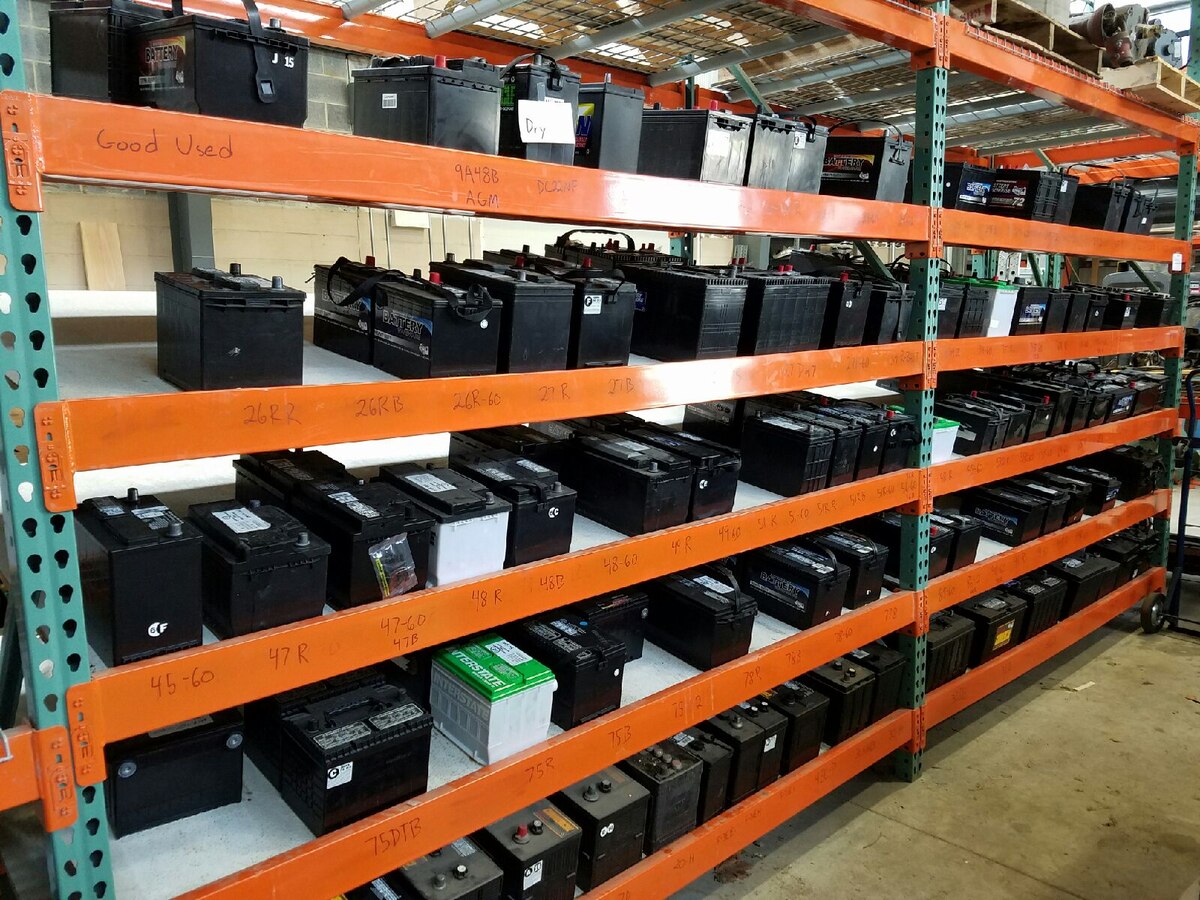

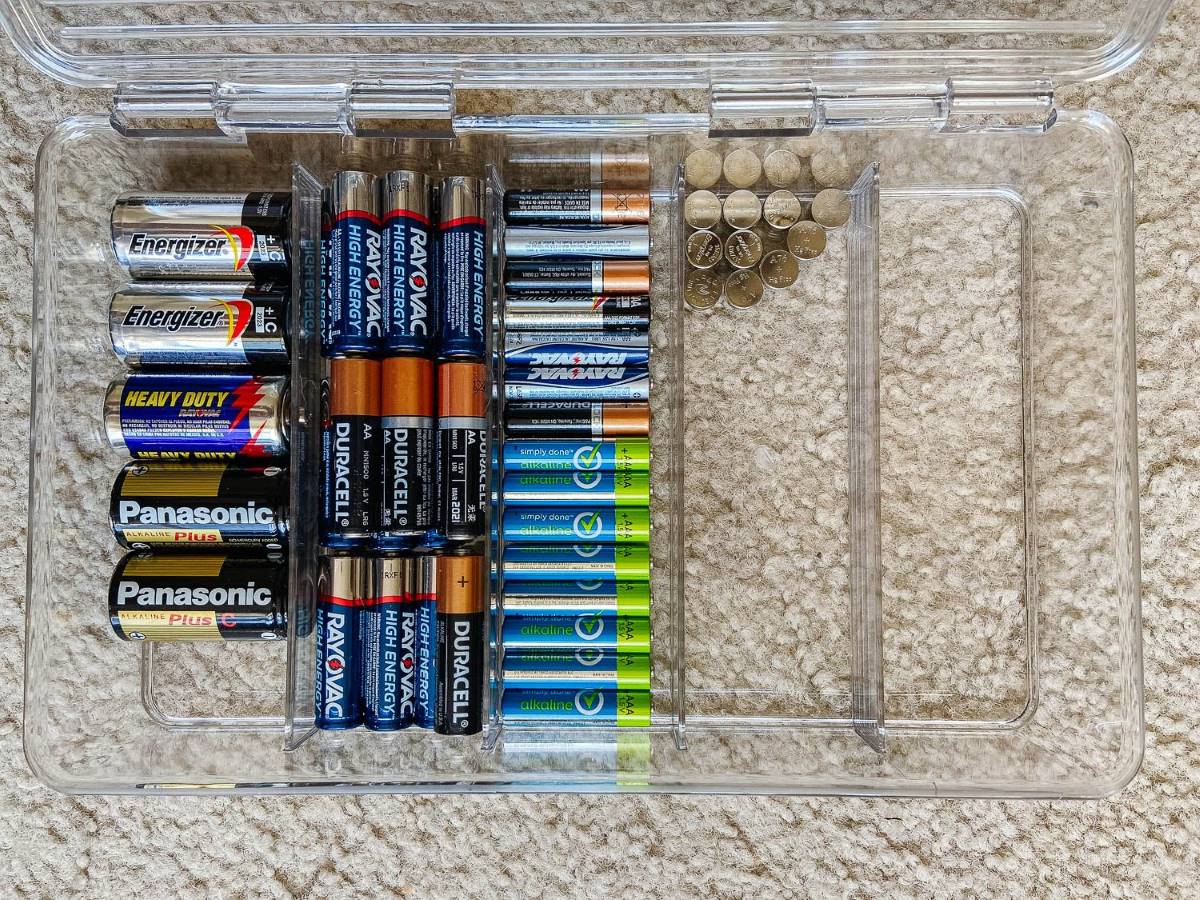

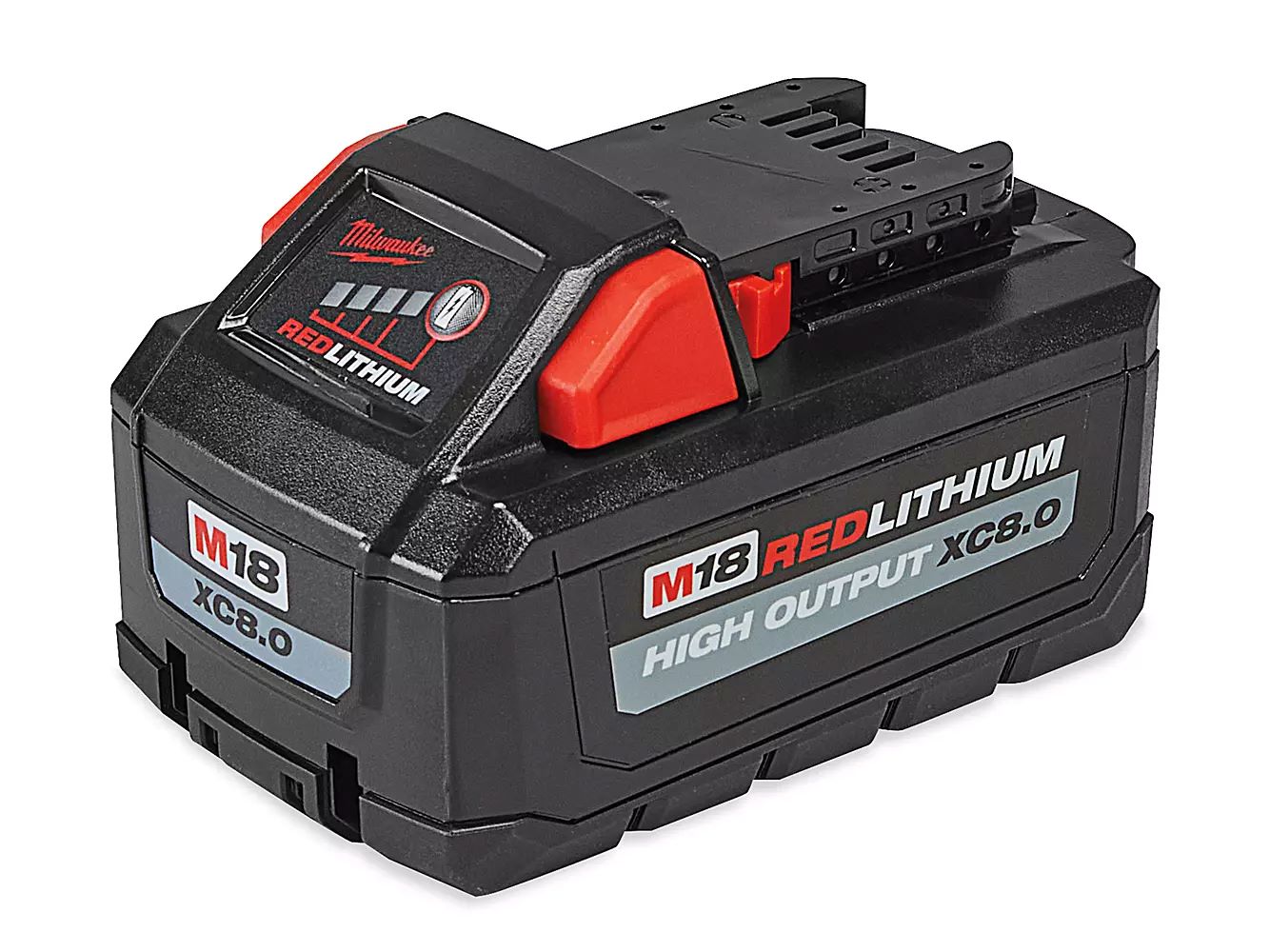

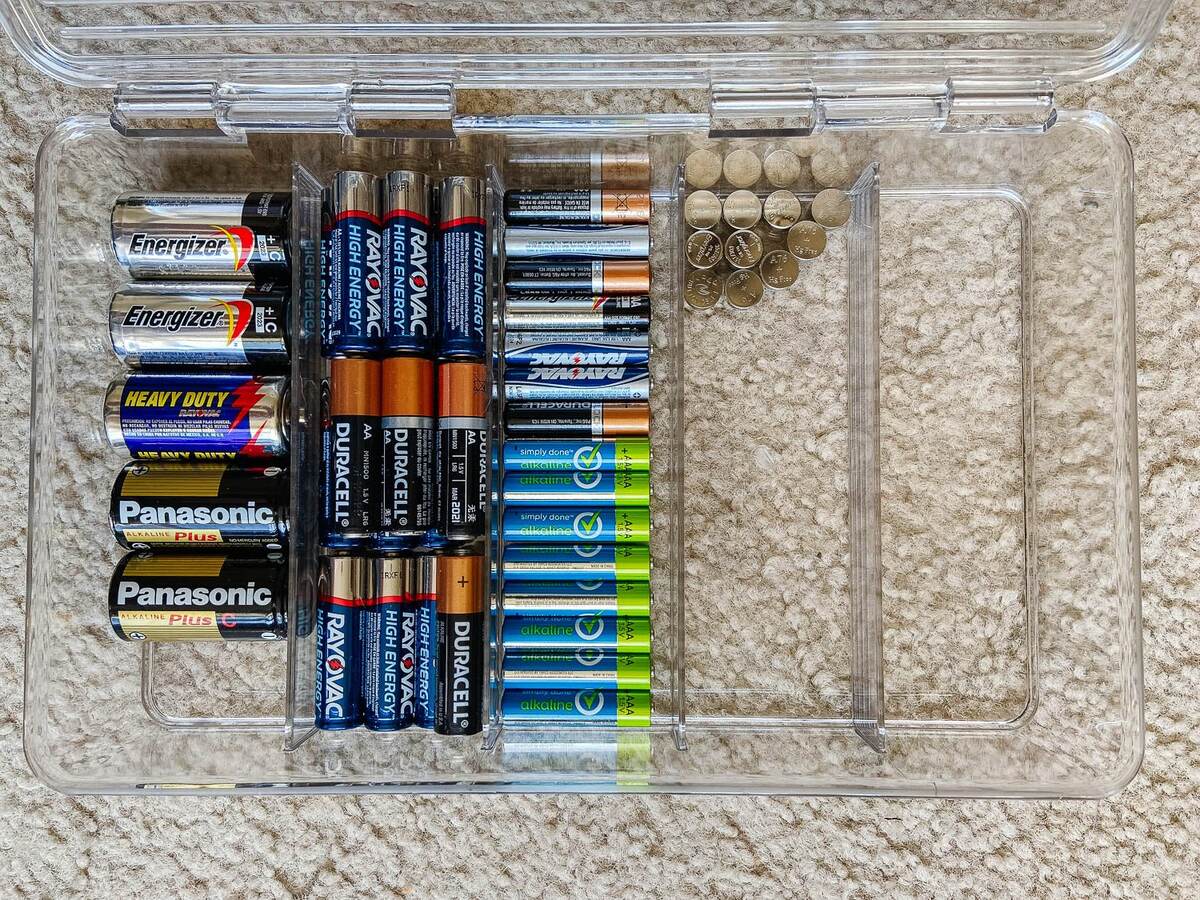

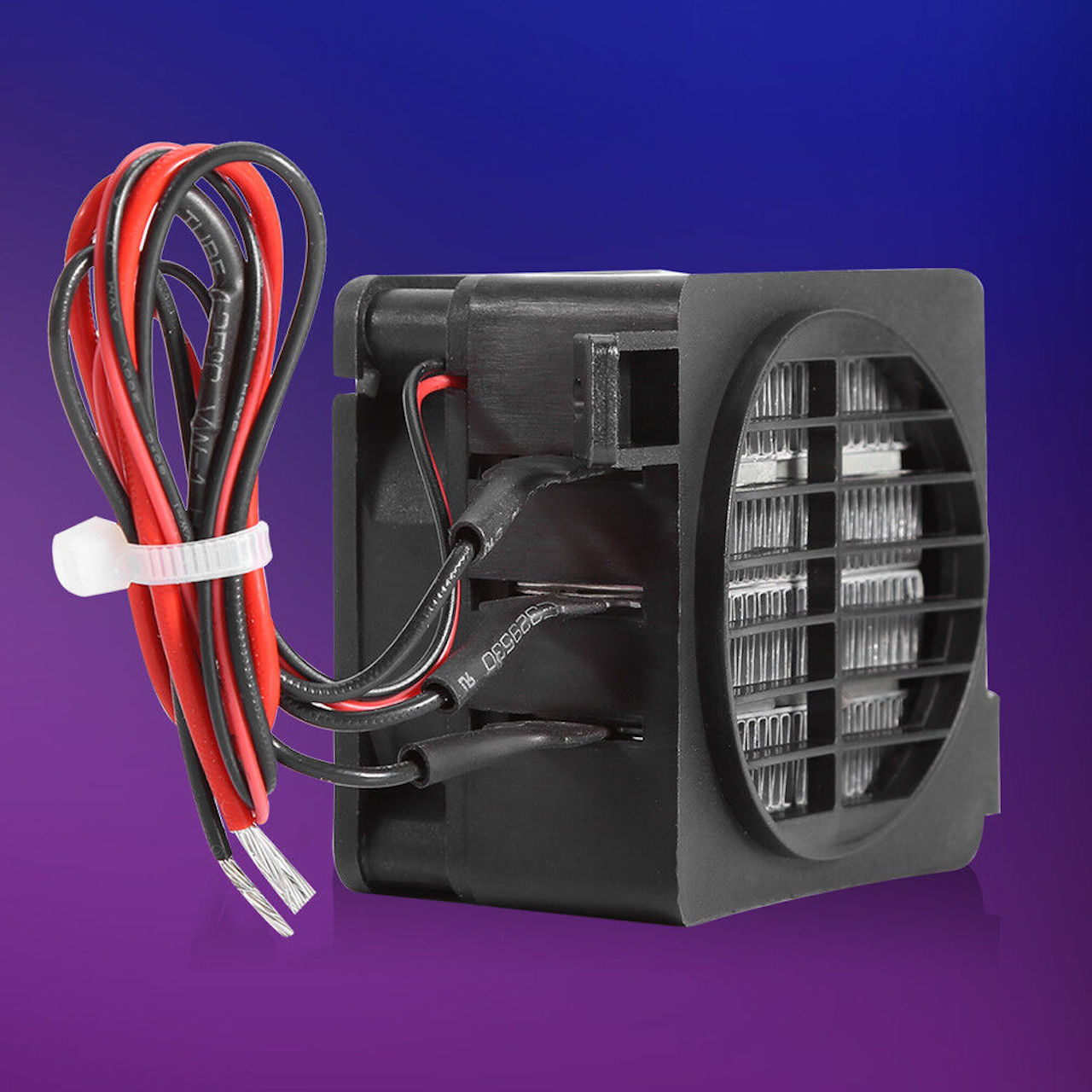
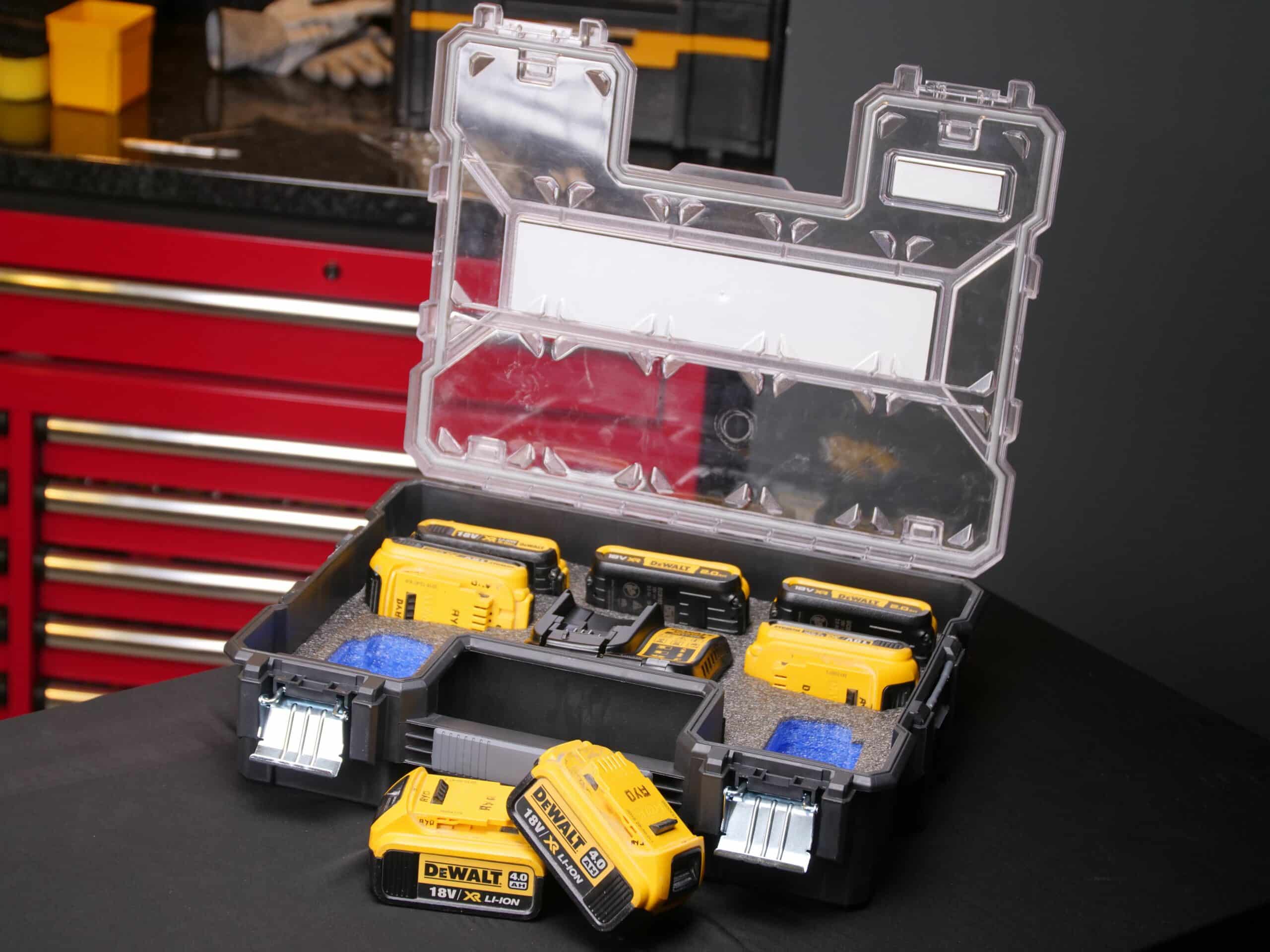

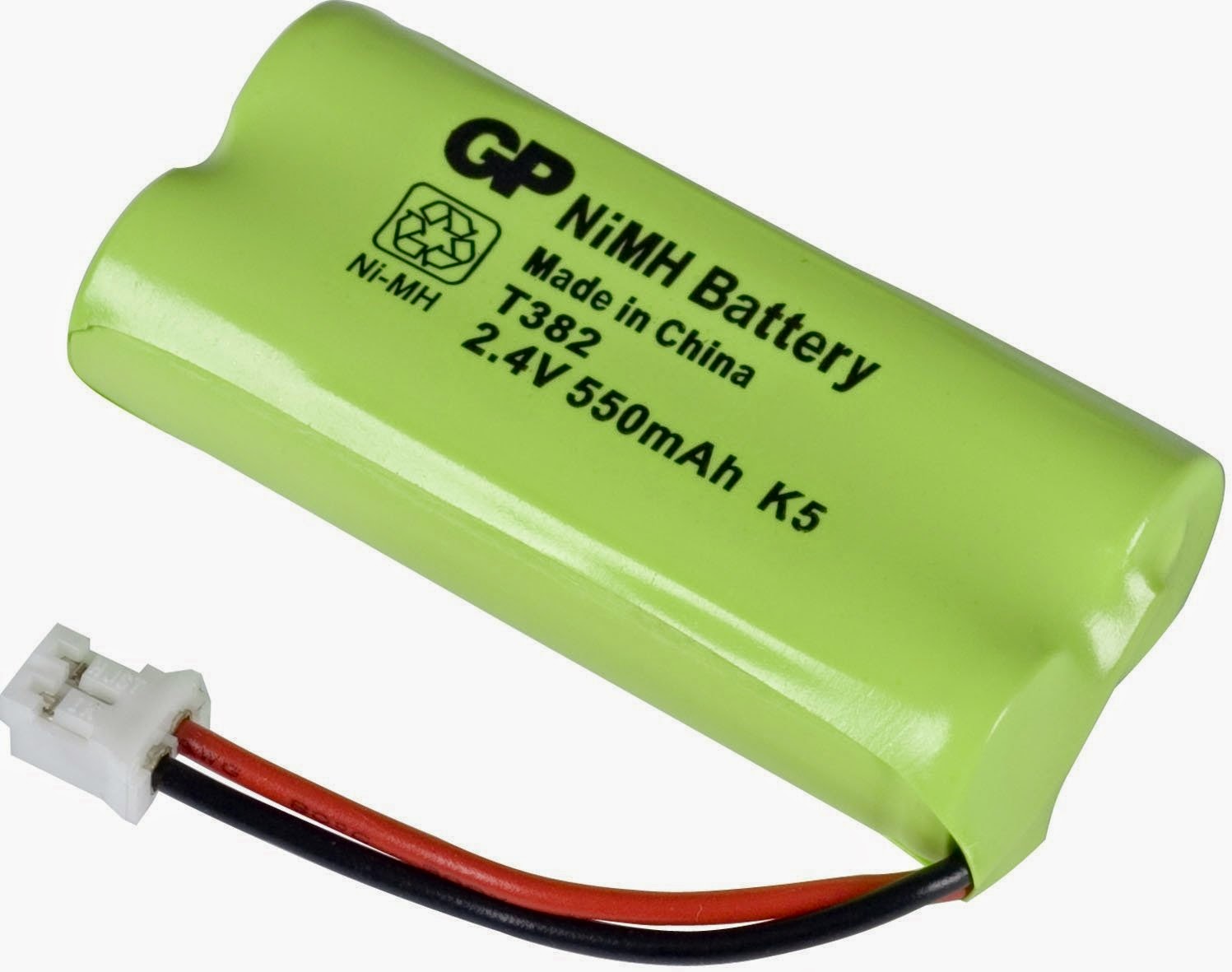


0 thoughts on “How To Store Car Battery”